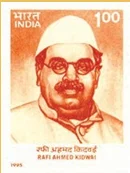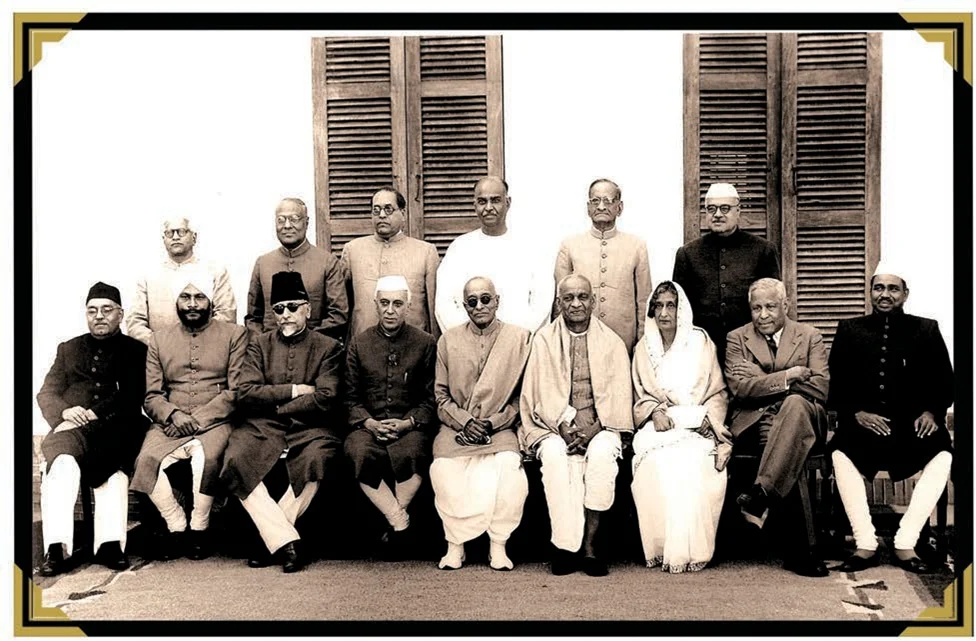![]() 26 Jul 2024
26 Jul 2024
The party won 364 of the 489 seats in the first Lok Sabha. In second and third general elections, held in 1957 and 1962 respectively, Congress won three-fourths of seats in Lok Sabha again. In state assembly elections, it did not get a majority in a few cases. Our electoral system of ‘first past the post’(FPTP) artificially boosted Congress victory. In 1952, for example, Congress obtained 45% of total votes. But it managed to win 74% of seats.
One-Party Dominance: In many other countries, the dominance of one party was ensured by compromising democracy. In some countries like China, Cuba and Syria the constitution permits only a single party to rule the country. Some others like Myanmar, Belarus, Egypt, and Eritrea are effectively one-party states due to legal and military measures. Until a few years ago, Mexico, South Korea and Taiwan were also effectively one-party dominant states.
Evolution of Congress Party: The Congress party evolved from being a pressure group in 1885 to a mass political party and then subsequent domination of the political system post Independence.

| The Communist Party of India
In the early 1920s communist groups emerged in different parts of India taking inspiration from the Bolshevik revolution in Russia and advocating socialism as the solution to problems affecting the country. From 1935, the Communists worked mainly from within the fold of the Indian National Congress. A parting of ways took place in December 1941, when the Communists decided to support the British in their war against Nazi Germany. CPI had a well-oiled party machinery and a dedicated cadre at the time of independence. Independence raised many questions about the nature of Indian independence.
The party thought that the transfer of power in 1947 was not true independence and encouraged violent uprisings in Telangana. The Communists failed to generate popular support for their position and were crushed by the armed forces. In 1951 the Communist Party abandoned the path of violent revolution and decided to participate in the approaching general elections. In the first general election, CPI won 16 seats and emerged as the largest opposition party. The party’s support was more concentrated in Andhra Pradesh, West Bengal, Bihar and Kerala. A. K. Gopalan, S.A. Dange, E.M.S. Namboodiripad, P.C. Joshi, Ajay Ghosh and P. Sundarayya were among the notable leaders of the CPI. The Party went through a major split in 1964 following the ideological rift between the Soviet Union and China. The pro-Soviet faction remained as the CPI, while the opponents formed the CPI(M). Both these parties continue to exist to this day. |
Internal Coalition Structure: Congress had an internal coalition-like structure which gave this party an unusual strength.
| The Bharatiya Jana Sangh
It was formed in 1951 with Shyama Prasad Mukherjee as its founder and president. Its lineage however can be traced back to the Rashtriya Swayamsevak Sangh (RSS) and the Hindu Mahasabha before independence. It emphasised the idea of one country, one culture and one nation and believed that the country would become modern, progressive and strong based on Indian culture and traditions. The party called for a reunion of India and Pakistan in Akhand Bharat. The party was at the forefront of the agitation to replace English with Hindi as the official language of India and was also opposed to the granting of concessions to religious and cultural minorities. The party was a consistent advocate of India developing nuclear weapons especially after China carried out its atomic tests in 1964. In the 1950s Jana Sangh remained on the margins of electoral politics and was able to secure only 3 Lok Sabha seats in 1952 elections and 4 seats in 1957 general elections to Lok Sabha. In the early years its support came mainly from the urban areas in the Hindi-speaking states like Rajasthan, Madhya Pradesh, Delhi and Uttar Pradesh. The party’s leaders included Shyama Prasad Mukherjee, Deen Dayal Upadhyaya and Balraj Madhok. The Bharatiya Janata Party traces its roots to the Bharatiya Jana Sangh.
|
Diverse Opposition: India had more vibrant and diverse opposition parties than in many other multi-party democracies.


| Must Read | |
| Current Affairs | Editorial Analysis |
| Upsc Notes | Upsc Blogs |
| NCERT Notes | Free Main Answer Writing |
The inclusive character of the national movement led by the Congress enabled it to attract different sections, groups and interests making it a broad-based social and ideological coalition. As the ability of Congress to accommodate all interests and all aspirants for political power steadily declined, other political parties started gaining greater significance. Thus, Congress dominance constitutes only one phase in the politics of country. The era of one-party dominance effectively came to an end with 1989 general elections when INC lost its majority. Since then, India has witnessed a more fragmented political landscape, characterised by coalition governments at centre.
Glossary
|
| Related Articles | |
| INDIAN NATIONAL CONGRESS HISTORY | POST INDEPENDENCE HISTORY OF INDIA |
| Leader of Opposition in Lok Sabha | Indian National Movement |
<div class="new-fform">
</div>